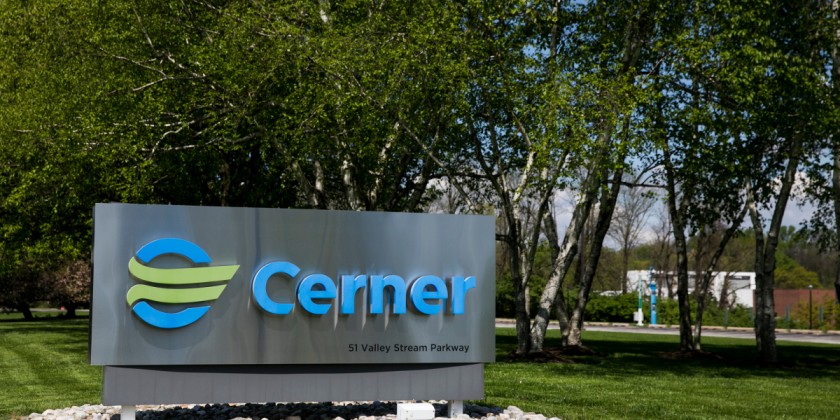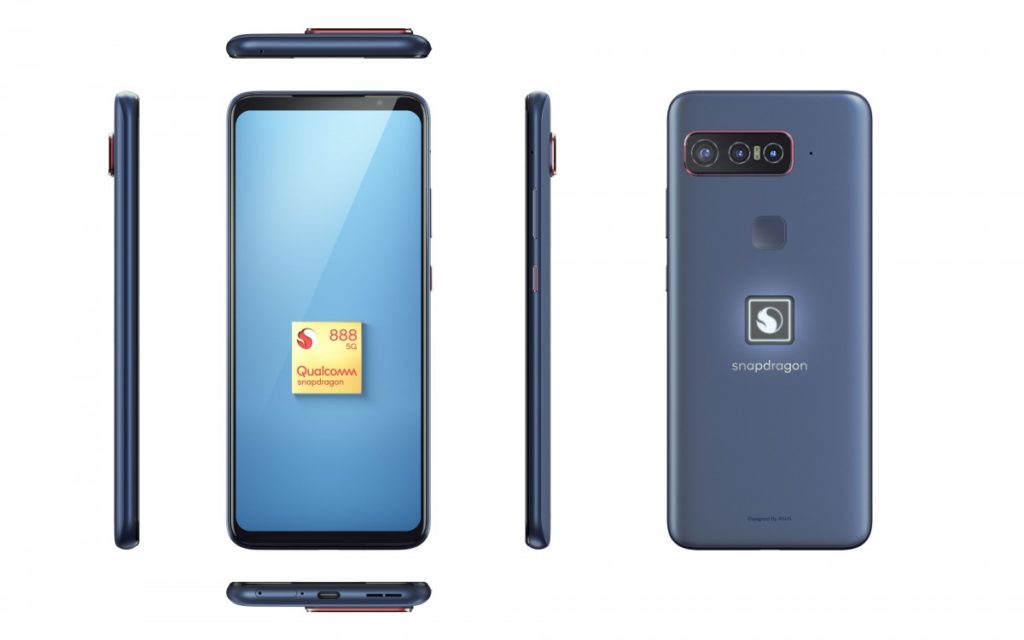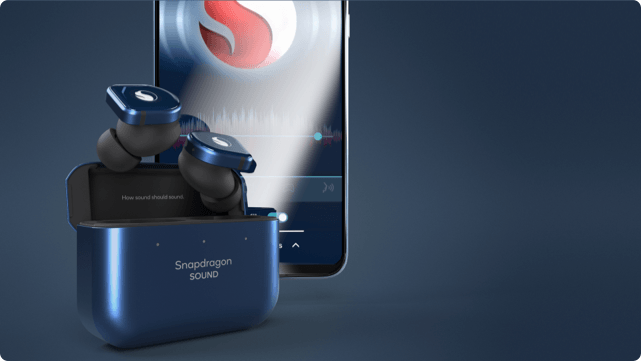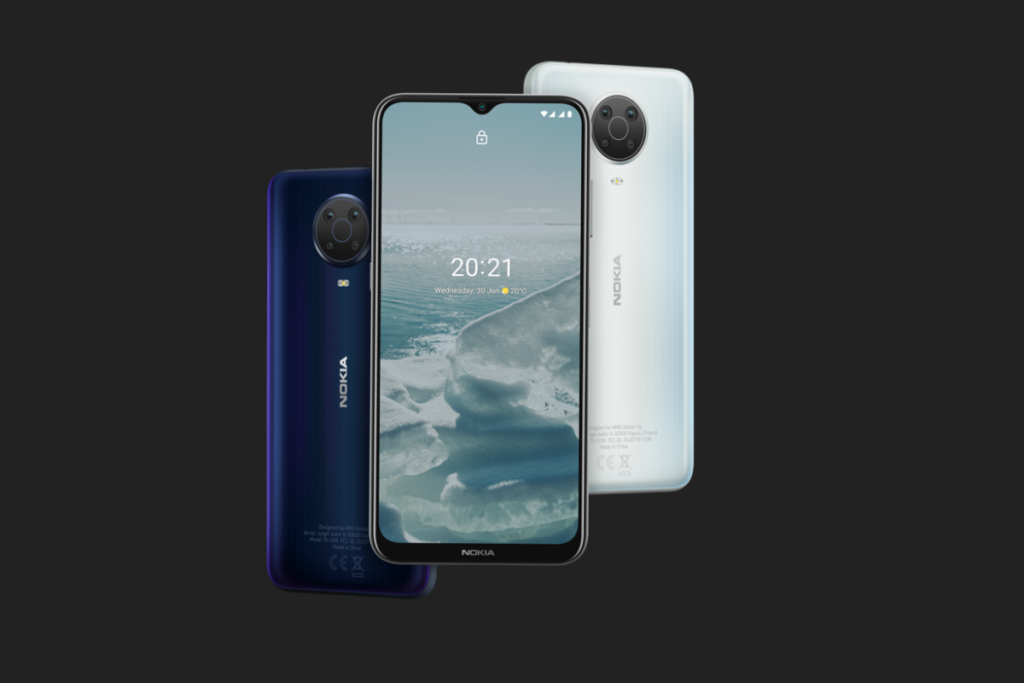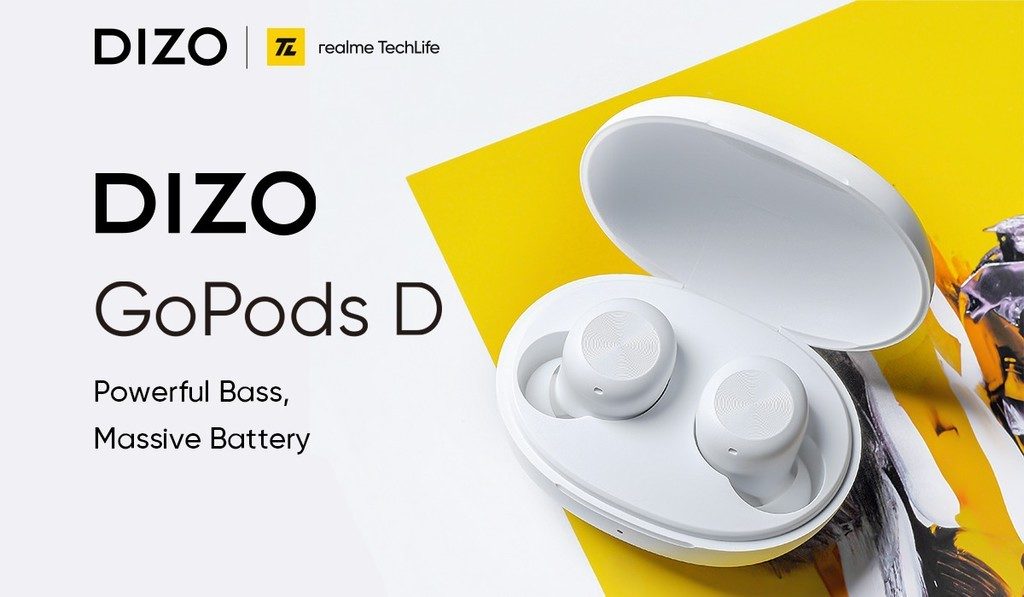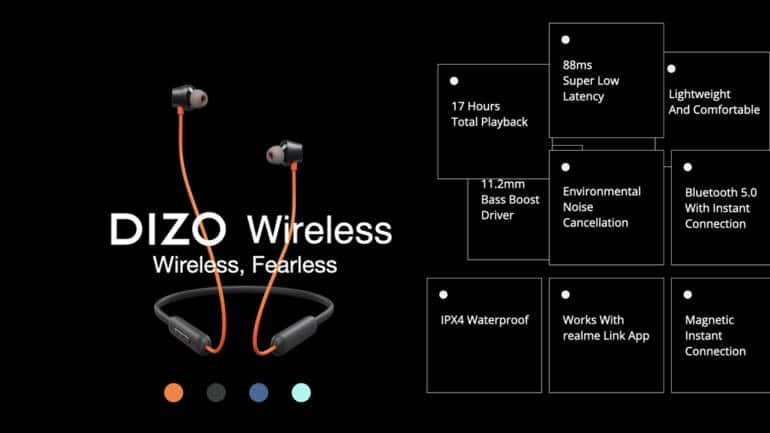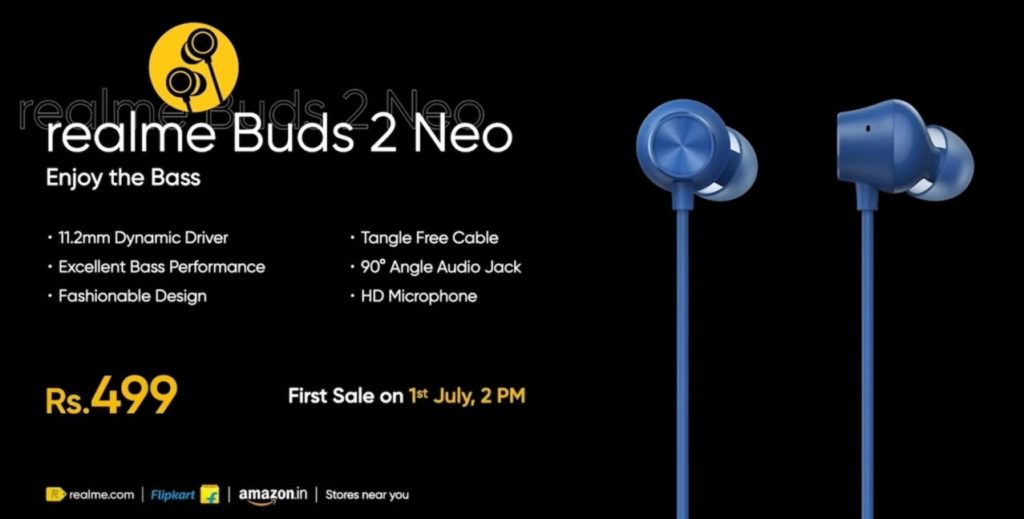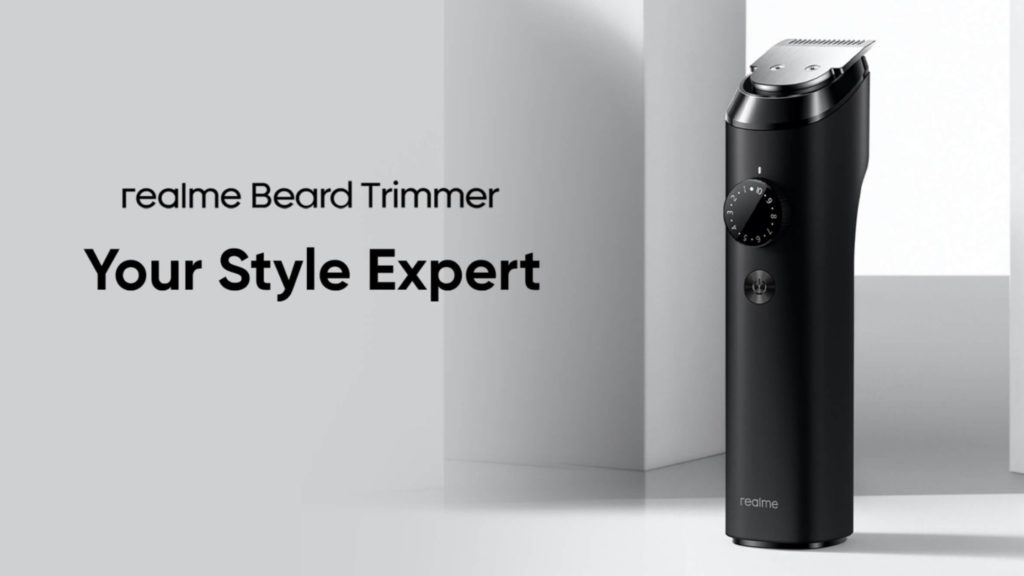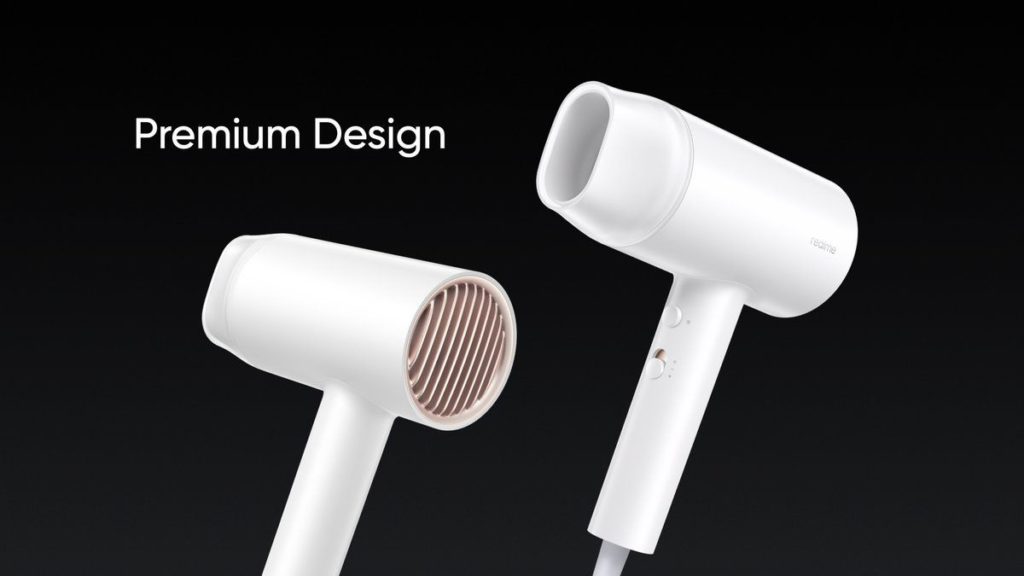Seiko Epson Corporation – Japanese Electronics Company used to Manufacture Computer Equipment.
Seiko Epson Corporation is simply known as Epson. It is a Japanese electronics company used to manufacture computer printers, information, and imaging-related equipment all around the globe. Its headquarters are located in Suwa, Nagano, Japan.
The company has branches and subsidiaries worldwide. It also manufactures inkjets, dot-matrix and laser printers, scanners, desktop computers, businesses, multimedia, and home theatre projectors, major home-theater televisions, robots, and industrial automation equipment, cash and sales-docket printers, laptops, and integrated circuits. It falls under one of the three core companies owned by the Seiko Group which is traditionally known for designing Seiko timepieces since its foundation.
A Brief History of Seiko Epson Corporation
Ever since its inception, Seiko Epson has embedded its traditional strengths into a manufacturing company and expanded its growth further. Epson owes its rapid progress to refining the company’s super-microprocessing and precision processing technologies in the development of watches and then further expanding those technologies into other aspects. The company’s breakthrough was introduced with the launch of the EP-101(Electronic Printer). The EP-101 is a popular and astounding product that led to the establishment of new markets. This company was founded in 1975 with the goal of sending future “sons” of the EP-101 into the modernized world. Ever since the establishment of Epson, high-quality, high-value “sons” have been brought into this world in large numbers.
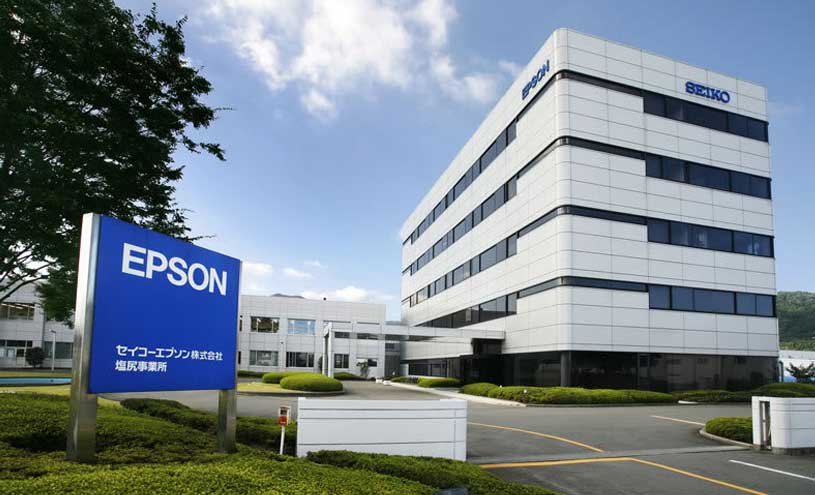
Products And Services
Seiko Epson Corporation manufactures and offers merchandise that lessens the effect on the environment. Epson has continually been fascinated as a manufacturer in what it may do to gain a sustainable company, running for decades to grow the energy performance of its efficient approaches and products, to enhance the performance of assets, and to get rid of dangerous substances.
Epson sells products that change the manner clients operate. This reduces the environmental effect and concurrently will increase the company’s operating performance and productivity. This merchandise assists to lessen the environmental effect of people.
The WF-C21000 is a high-pace multipurpose inkjet that may be print at speeds up to 100 ppm at integrated PrecisionCore lines (pages per minute). That’s a standard workplace laser printer output two times as much. The aggregate of print performance and energy efficiency is the following level in high-pace inkjet multipurpose printers (MFPs) powered with the aid of using Epson inkjet technologies. Inkjet printers from Epse use little or no electricity while printing due to the fact piezoelectric elements are ejected while only a small voltage is utilized by the ink droplets. On the opposite hand, laser printers require warmth – and plenty of power – to fuse toner to the paper. The PrecisionCore heat-free technology function of WorkForce Enterprise printers prevents warmth from getting used throughout the printing process. This reduces their running fees by using a good deal much less electricity than laser printers.
The digital textile inkjet printers from Epson are increasing layout possibilities in contrast to conventional tactics with decreased intake of energy, water, substances, and time. Digital information prints from a PC without delay from SureColor SC-F2100 on T-shirts and different clothing. The pictures may be reproduced not only with easy gradations and in complete color, however additionally with unnecessary monitors and plates. The SureColor SC-F2100 speeds up the procedure of printing.
Epson’s smart binocular headsets decorate operation performance and work nice by displaying digital manuals and imaginative and prescient instructions, allowing employees to finish tasks with both hands.

Future Goals of Epson
Epson targets for decarbonization and closure of the useful resource loop, the improvement of environmental technologies, and the availability of environmental impact reduction services and products for consumers. In order to facilitate the transition to a decarbonized future as furnished for in the Paris Agreement, Epson combats climate change with reductions to greenhouse fuel line emissions in production and throughout its cost chain. By growing energy-saving merchandise and inkjet technology, Epson additionally contributes to society.
Yasunori Ogawa, The CEO
Mr. Yasunori Ogawa is the President and Representative Director of Seiko Epson Corp., as well as the CEO of EPSON X Investment Corp. He is a member of the Seiko Epson Corp. Board of Directors. He graduated from Tohoku University. He was appointed as the President in March 2020 before which he acted as Managing Executive Officer.
Kintaro Hattori, The Founder
Kintar Hattori became the founding father of Seiko, one of the world’s biggest watch manufacturers, and one of the first and most vital Japanese watchmakers in history. Kintar Hattori was born in 1860 in Uneme-Cho Kybashi, Tokyo, to a well-set-up merchant family. He turned into a pivotal figure withinside the improvement of Japan’s watchmaking industry. In 1892, he founded the primary watchmaking manufacturing unit in Japan, called “Seikosha.” Kintar Hattori additionally based the watch and jewelry store “K. Hattori” (Hattori Tokeiten in Japanese) in the Ginza district of Tokyo, Japan, that is now called Seiko Holdings Corporation and is known globally as Seiko.
